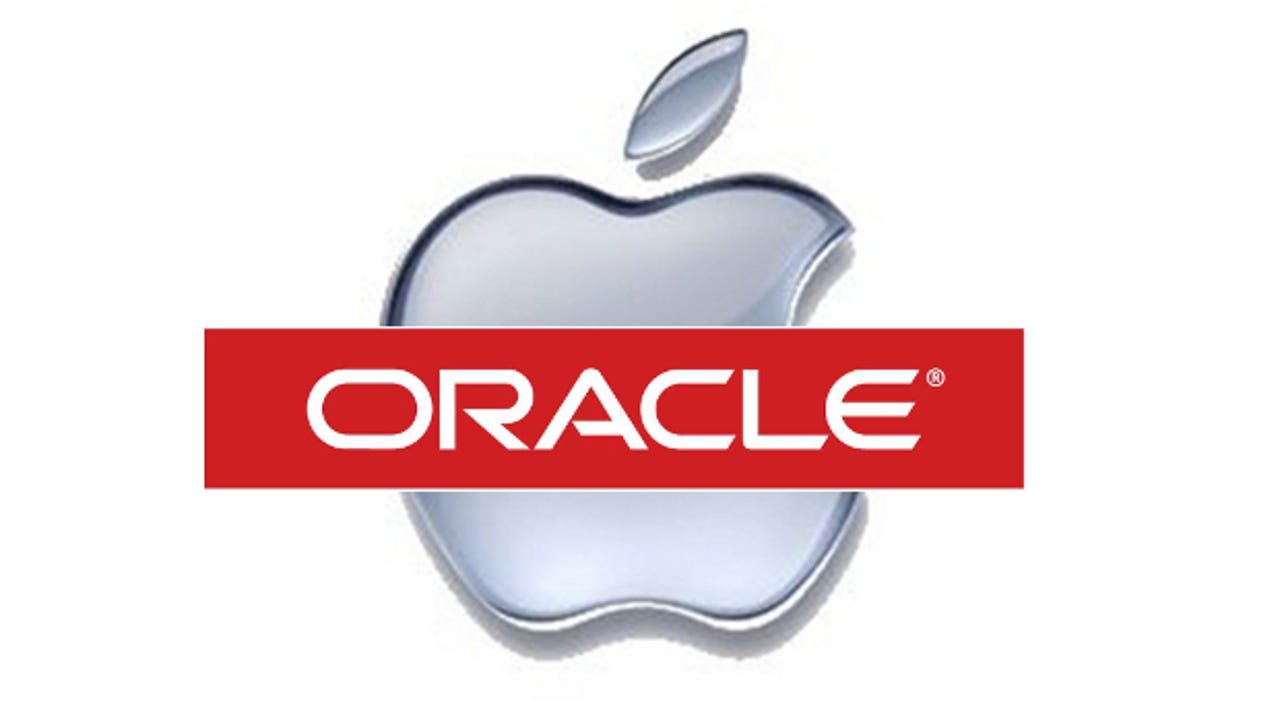Oracle on path to become the Apple of the enterprise

Oracle looks set on becoming the Apple of the enterprise.
At Oracle OpenWorld in San Francisco this week the company has used every keynote speech and press briefing to put across one message: with the advent of a fleshed-out cloud, Oracle is in a position to make almost every hardware and software component that an enterprise may need. No other enterprise company can do this, Oracle says.

"We have service where we [can] patch the entire thing from the database all the way to the firmware in the controllers," John Fowler, Oracle's executive vice president of systems, said in a keynote speech on Wednesday.
The closest company to Oracle in terms of this approach is not one of its standard rivals - SAP, HP, IBM - but Apple.
Oracle is aiming to be able to sell a customer the hardware on which they perform computing and storage, the software to run jobs onto it, and a raft of cloud services which they can store their data in and use to update their software.
To me this approach is the same as Apple's, which designs its own hardware, writes the OS which its systems use, and, via the App store, controls a widespread developer ecosystem.
The similarities go further when you look at what both companies do with their respective component ecosystems.
Like Apple, the majority of vendors that Oracle procures components from are bound by non-disclosure agreements, preventing them from crowing about having kit in the latest engineered system. In the same way that companies like LSI and Fusion-io are not able to confirm whether their technology is used within Oracle's systems, Apple component suppliers cannot officially claim to be inside an iPhone or a Mac computer. (There are exceptions, such as Intel, but they are few and far between.)
Exadata leads the way
The strategy comes across most clearly in the updated range of Exadata systems. With these bits of kit, Oracle have "been able to optimize all the pieces to work together – much like an iPhone is an 'engineered system'," Scott Swigart, co-founder of Cascade Insights, a market intelligence firm said.
"Here the argument is about price per performance. Oracle claims that for X dollars you could buy a bunch of HP gear, and configured it yourself, but you wouldn't get the same performance as if spent the same X and just bought an Exadata."
Though sales have been disappointing for its hardware, the customers that do use it seem to like it.
"The first time I heard about this engineering of hardware and software together I thought that sounds like a good idea. Having seen it in reality and lived with it now I can see it does pay dividends," Marc Terry, managing director of commercial services for VocaLink, said.
VocaLink uses Exadata systems to help it process transactions between tens of thousands of UK cash machines and banks, along with handling the BACS system which is used to pay the majority of wages in the United Kingdom. He described the hardware as being both "cost-effective" and an "exceptionally high-performance system."
When asked about worries over lock-in, he indicated that if Oracle maintains a combination of good service and strong hardware, he would remain a customer.
"If the technology is reliable and it doesn't break and we get performance because it's engineered together and that outweighs the potential from having multiple sources, then we'd go with that," he said.
From Oracle's perspective, I imagine the motivation to create a 'red-stack' is that this gives the company the greatest degree of control over not only its products, but its customers as well.
Once everyone is on a standard platform that you own, then driving major changes becomes a lot easier. In the same way Apple chucked out Google Maps in the latest iOS and replaced them with its own software, Oracle is able to remotely patch its systems to suit its future purposes.
A risky strategy
However, history is littered with enterprises that have failed to handle both software and hardware. Today HP's CEO Meg Whitman told analysts that because she had inherited a bloated company, profits would be down next year and it could be years until HP's various business divisions recovered. In the mid-2000s IBM, conscious of the types of problems that have subsequently befallen HP, got out of one of its hardware lines by selling its personal computer business to Lenovo. Similarly, Dell tried briefly to get into tablets, failed, and has regrouped around core services.
Ultimately, for Oracle to become the enterprise equivalent of Apple it will need to focus around a few key products and relentlessly iterate on the design of them to please customers, otherwise it risks over-extension. Even Apple has fallen foul of this – at the end of 2010 the company got out of its minor 'Xserve' server business.
Amazon may be 'the iPhone of the cloud', but Oracle wants to be the Apple of the enterprise. Whether it can tie everything together and still impress customers remains to be seen, but judging by the announcements we have heard this week, it is committed to this strategy.